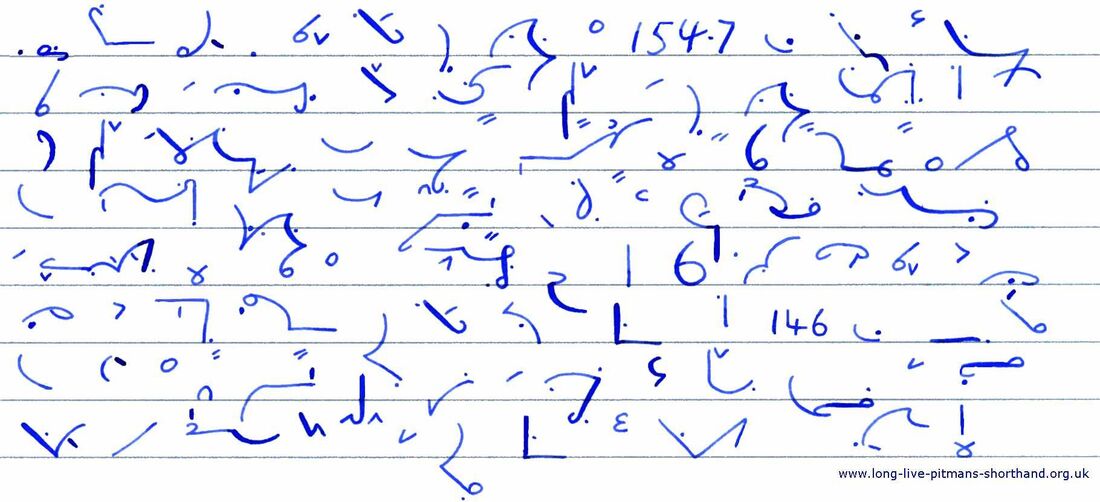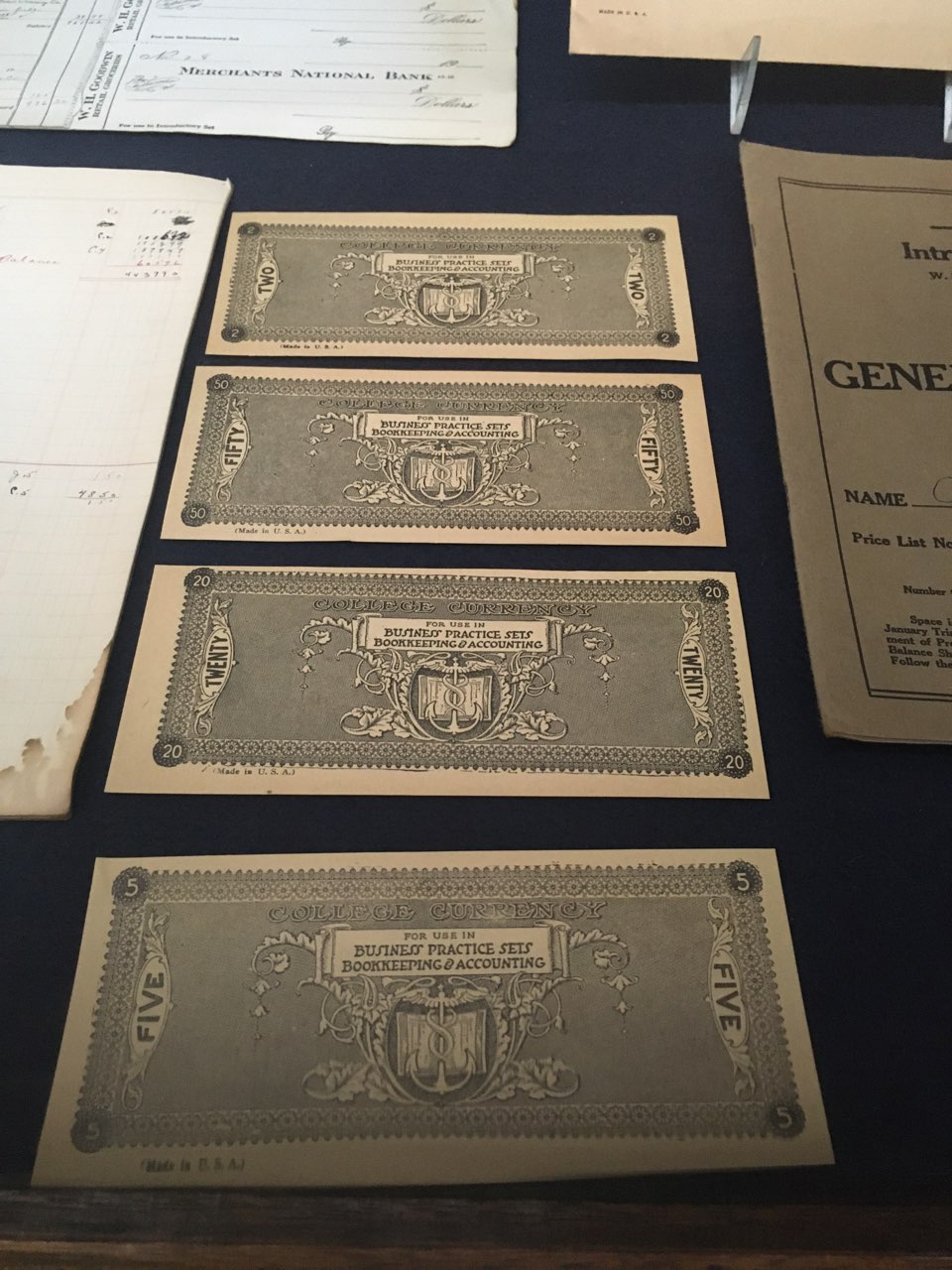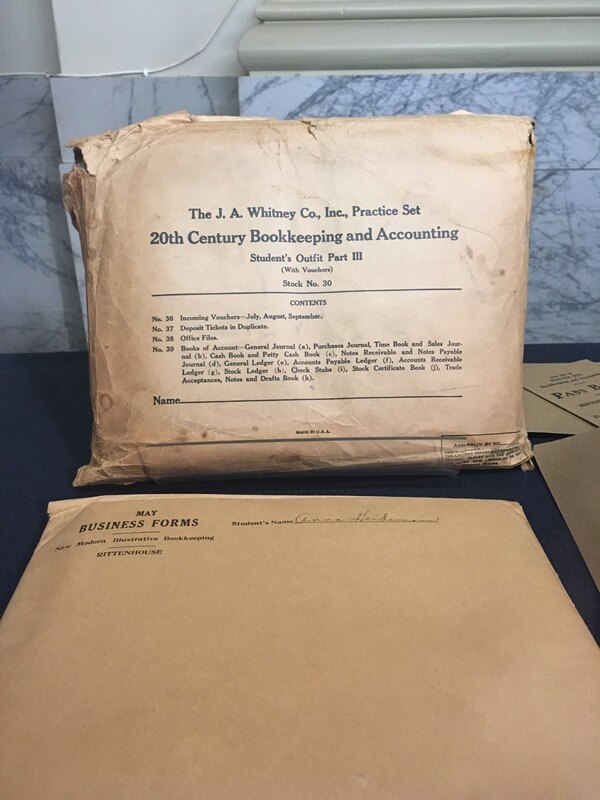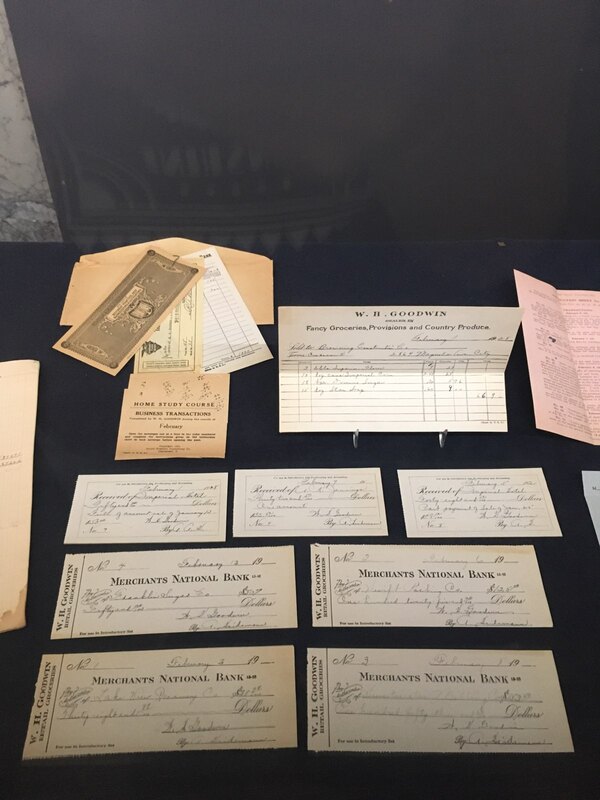| 1852 brought about the establishment of the Pitman Shorthand program that taught students via mail how to read and write shorthand (a way to quickly write in a code that could be retranslated into English for times when rapid transcription was needed). In 1890s, the Colliery School of Mines established a mine safety correspondence course in response to Pennsylvania's 1885 Mine Safety Act to ensure miners had the information needed to safely work in mines and reduce the chance of disaster or death. Over the course of a decade, this program, later known as ICS (International Correspondence School) had over 250,000 students from around the world participating in a variety of correspondence courses. This same company, now known and Penn Foster, began offering online courses in 2003 and continues to do so today. | An example of Pittman Shorthand Thomas Foster, who established the Colliery School of Mines Mine Safety Correspondence Course/International Correspondence School |
The Display:
https://partners.pennfoster.edu/blog/2015/february/a-glimpse-into-the-past-penn-foster-celebrates-125-years-of-educating-the-non-traditional-learner
Distance Learning- From Correspondence Courses to Zoom
https://daily.jstor.org/three-centuries-of-distance-learning/






 RSS Feed
RSS Feed